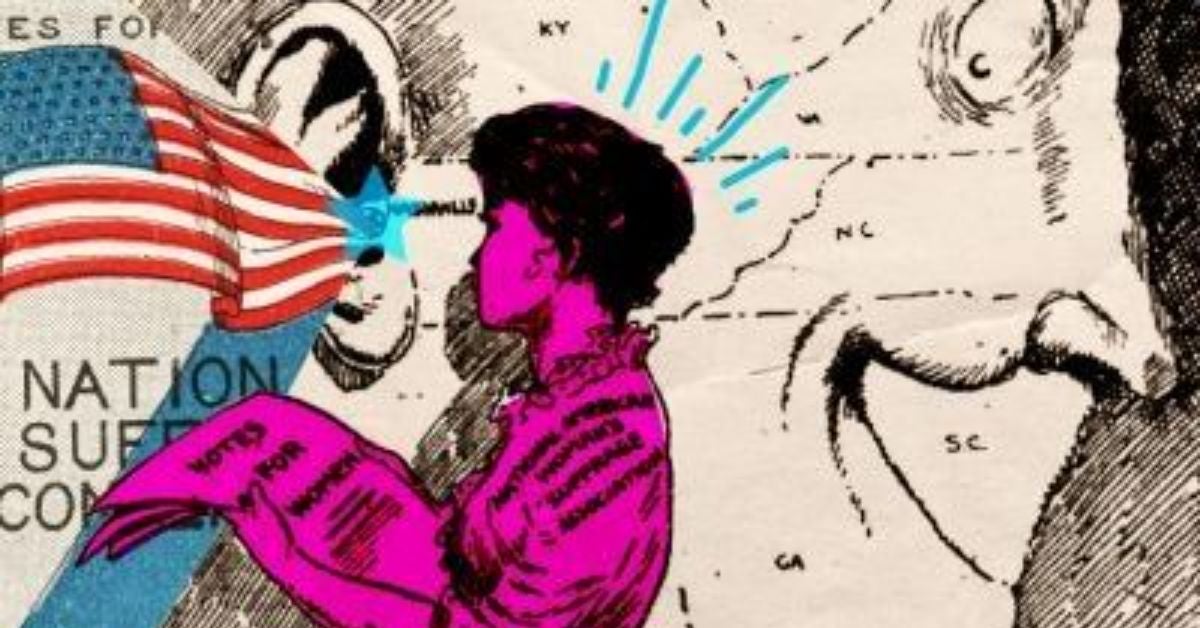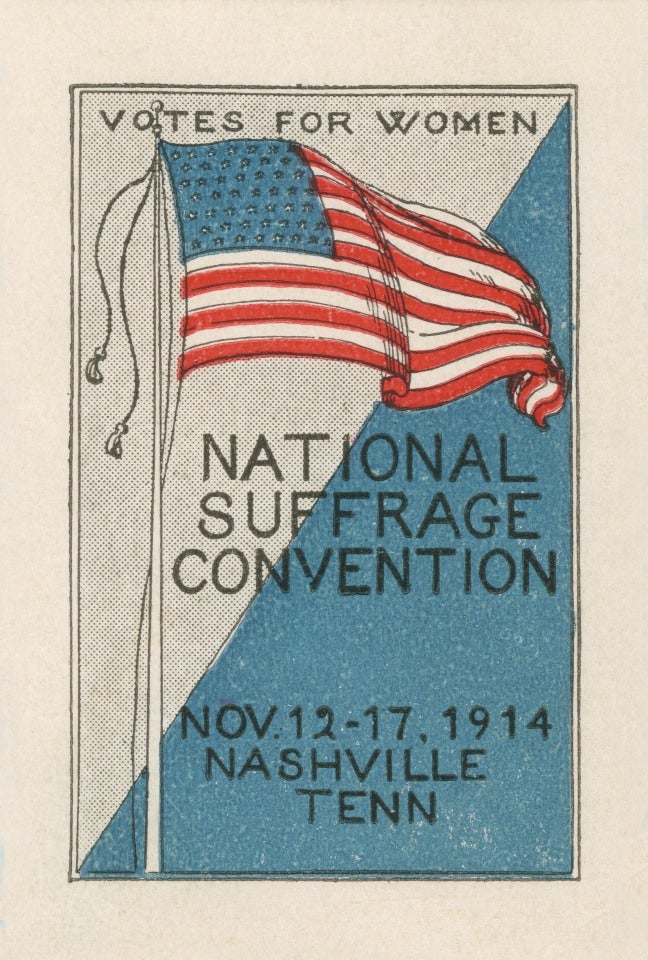
Did You Know: The Ryman’s Ties to the Women’s Suffrage Movement
By Katie Quine
The right to vote wasn’t extended to women in the United States until 1920, but the fight for enfranchisement began much earlier — in 1848 at the Seneca Falls Convention. Not long after it was built in 1892, Ryman Auditorium became an important landmark to the suffrage movement as Tennessee was the 36th and final state needed to ratify the 19th Amendment.
In recognition of the centennial of women’s suffrage, we’re looking back at a few of the pivotal events held at the Ryman that helped shaped the course of the movement.
1897 – Susan B. Anthony Present for a Lecture
The suffrage movement was approaching its 50th year of existence when leaders of the cause, including early stalwart Susan B. Anthony, gathered at the Ryman for the first time in 1897. Women’s right to vote was still 23 years away, but Anthony remarked at just how much progress had been made over the half-century.
Addressing the Ryman crowd, 78-year-old Anthony said the movement had become bolder than when she first joined it. Reading the Declaration of Sentiments that was drafted at the Seneca Falls Convention by her contemporaries, Anthony reiterated that “the right to vote was the underlying right, without which all other rights were as tinkling cymbals and sounding brass,” according to a newspaper at the time.
Reverand Anna Shaw, sitting president of the National Council of Women and one of the first ordained female Methodist ministers in the country, also gave a lecture on “The Heavenly Vision” at the meeting.
1914 – Crowds swell at National Woman’s Suffrage Association Convention

When the National Woman’s Suffrage Association Convention was held in Nashville in 1914, the large crowds foretold the momentum the suffrage movement would soon gain in Tennessee. The convention’s day sessions were held inside the chamber of Tennessee’s House of Representatives, and the night sessions took place at the Ryman. It was the most important convention in the history of the Ryman as thousands of delegates poured into the auditorium for a standing-room-only affair.
“The interior was ablaze with yellow, the suffrage color, the decorations being more elaborate and beautiful than seen on any previous occasion in this building,” wrote one newspaper reporter.
Speakers included Anna Howard Shaw, social reformer Jane Addams, and U.S. Senator Luke Lea. Governor Ben Hooper delivered the opening remarks, noting that he’d “derive one substantial pleasure” when women’s suffrage comes to Tennessee: “That will come from the joy and exultation of my little daughter, who has been a positive, pronounced, and persistent suffragist since she was 9 years old.” The Fisk Jubilee Singers also performed.
1920 – Anti-Suffrage Group Gathers Following Tennessee’s Ratification
Before women were even granted the right to vote, Lula C. Naff booked top talent and speakers for the Ryman as a talent agent and later the manager for the venue. A shrewd businesswoman, Naff didn’t show partiality to various groups when organizing events for the Ryman. She liked to keep her event roster full.
Seven pro-suffrage events took place at the Ryman between 1897 and 1918, but the day after Tennessee became the final state needed to ratify the 19th Amendment, an anti-suffrage group met at the Ryman as a last-ditch effort to thwart ratification. Railroad executive E. B. Stahlman and anti-suffrage advocate Charlotte Rowe were among those to speak. Their attempt was unsuccessful as the law that finally gave women the right to vote became an indelible right.
The Ryman has played a part in many major moments in history, including Women’s Suffrage. Discover more about our 128-year history and the guests that the Ryman has hosted on an exploration of our timeline, or visit us yourself on a tour through the Ryman’s storied past and present.
Stay in Touch
What’s almost as iconic as visiting the Ryman? Always having the inside scoop!
Sign up for exclusive updates, offers, and events, so you never miss out on what’s happening at the Mother Church.





